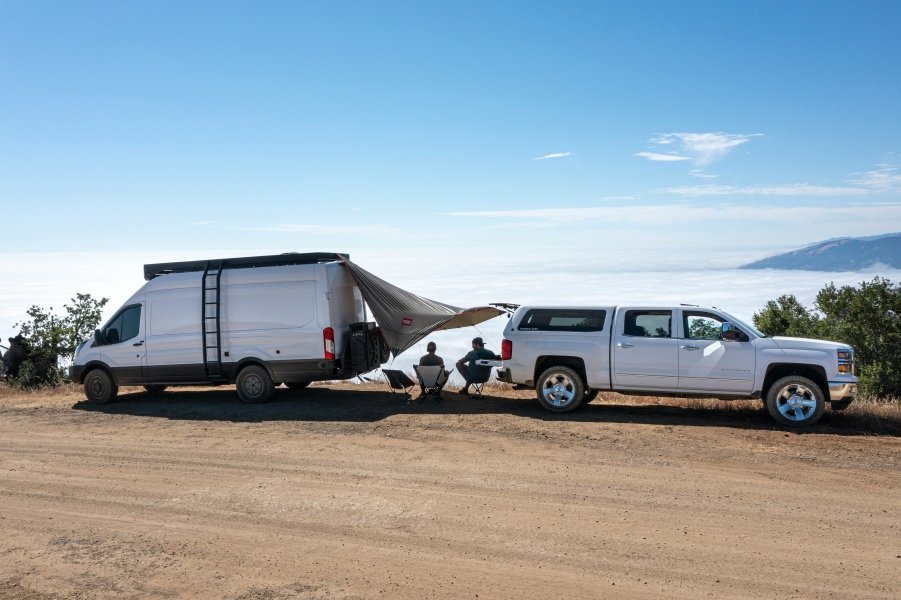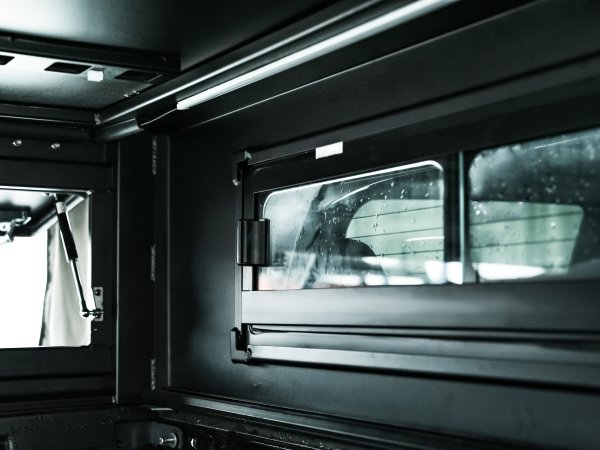A roof top tent is worth it for frequent adventurers prioritizing convenience, safety, and comfort, especially when camping in rugged terrain. It offers faster setup, better insulation, and protection from ground pests compared to traditional tents. However, upfront costs and fuel efficiency impacts require careful consideration.
While rooftop camping shines in many scenarios, we’ll analyze its limitations, core benefits, safety protocols, and speed restrictions to help you make an informed decision.
What’s the Point of Putting a Tent on Top of a Car?
Why would anyone sleep 8 feet above ground? The answer lies in transformed camping experiences where convenience meets wilderness access.
Roof top tents enable camping on uneven/rocky terrain while providing faster setup (3x quicker than ground tents), better weather protection, and enhanced wildlife safety. They’re ideal for road trippers needing reliable shelters across multiple locations.
If you’re curious about the different styles and setups, check out our roof top tent collection to see what might suit your needs.

Redefining Mobile Camping
Modern roof top systems address specific adventurer needs:
Time Efficiency
- No ground clearing
- Integrated mattress
- Instant rainfly deployment
Environmental Adaptation
- Avoids flooded areas
- Elevation deters insects/snakes
- Improved airflow
Space Optimization
- Leaves trunk free for gear
- Doubles as storage rack
- Some models include awnings
What Are the Disadvantages of a Roof Top Tent?
Picture spending $3,000 on a tent only to realize it reduces your MPG by 15%. Roof top tents solve camping pains but introduce new challenges requiring strategic planning.
Key disadvantages include high initial cost (+$2,000 average), permanent vehicle modifications, reduced fuel efficiency (10-25% MPG loss), and weight capacity limitations (most support 600-800 lbs). They also require ladder climbing for entry/exit, which may challenge mobility-limited users.
Breaking Down the Trade-Offs
While rooftop tents excel in convenience, their limitations demand careful evaluation:
| Factor | Roof Top Tent | Ground Tent |
|---|---|---|
| Setup Time | 1-5 minutes | 10-30 minutes |
| Average Cost | $1,800-$4,000 | $100-$800 |
| Weather Resistance | Superior wind/rain | Flood risk |
| Storage | Stays on vehicle | Requires trunk space |
| Access | Ladder required | Ground-level entry |
| Fuel Impact | 10-25% MPG reduction | None |
The $2,400 average price tag equals 30+ nights at mid-range hotels – practical only for weekly campers. MPG impacts vary by vehicle:
- Compact SUV: 22 MPG → 19 MPG
- Full-size Truck: 16 MPG → 13 MPG
Our California warehouse team observes most buyers camp 15+ nights annually. For occasional users, ground tents remain more cost-effective.
Are Roof Top Tents Safe for Cars?
A collapsed tent flying off at 70 MPH isn’t just scary – it’s lethal. Proper installation makes roof tents safer than traditional camping in bear country, but cut corners risk disaster.
When properly installed on compatible roof racks, roof top tents are safe for vehicles rated for dynamic weight limits. Most SUVs/trucks handle 100-165 lb static loads. Critical safety factors include professional installation, crossbar compatibility, and weight distribution checks.
Decoding Weight Limits
Vehicle compatibility determines safety:
| Vehicle Type | Max Static Load | Recommended Tent Weight |
|---|---|---|
| Compact Crossover | 150 lbs | <130 lbs |
| Full-size SUV | 200 lbs | <180 lbs |
| Pickup Truck | 300 lbs | <250 lbs |
Real-world safety requires:
- Professional installation
- Monthly hardware checks
- Wind resistance testing
- Load distribution analysis
How Fast Can You Drive With a Roof Top Tent?
Semi-truck drivers will honk as you crawl at 45 MPH… unless you understand aero dynamics. Speed limits aren’t about the tent collapsing – they’re about fuel efficiency and control.
Most manufacturers recommend ≤55 MPH with deployed tents and ≤75 MPH when folded. Aerodynamic hard shells allow 5-10 MPH higher speeds than soft tops. Critical factors include:
- Tent profile height
- Crosswind conditions
- Vehicle suspension
Optimizing Travel Speeds
Balancing speed and safety:
| Tent Type | Folded Speed Limit | Deployed Speed Limit |
|---|---|---|
| Soft Shell | 55-65 MPH | 45 MPH |
| Hard Shell | 65-75 MPH | 50 MPH |
| Wedge Design | 60-70 MPH | 40 MPH |
During 2023 product testing, our team found:
- 68 MPH = 37% fuel efficiency loss
- 55 MPH = 22% fuel efficiency loss
- 45 MPH = 15% fuel efficiency loss
Conclusion
Roof top tents justify their cost for regular adventurers needing terrain versatility and quick setup, though fuel impacts and initial costs demand consideration. Choose throughly based on your vehicle specs and camping frequency.




